A piano shawl, an esteemed artifact of cultural heritage and fashion, is a large, often square piece of fabric, lavishly adorned with intricate patterns and fringes. Originally used in the 19th century to prevent delicate piano wood and keys from dust and harm, these shawls evolved into a stylish accessory that carries an air of elegance and history. Their rich design and craftsmanship reflect diverse cultural influences and have captivated art and fashion enthusiasts worldwide.
What Is A Piano Shawl?
A piano shawl, also known as a Manila shawl, is a large fabric piece that typically boasts of rich embroidery and intricate fringe detailing. Originating from China and later popularized in Spain, it was initially used to protect the polished wood of pianos from dust and scratches. Its combined aesthetic and utility soon caught the attention of the fashion world, and by the 19th century, it became a popular accessory draped over the shoulders of fashionable women.
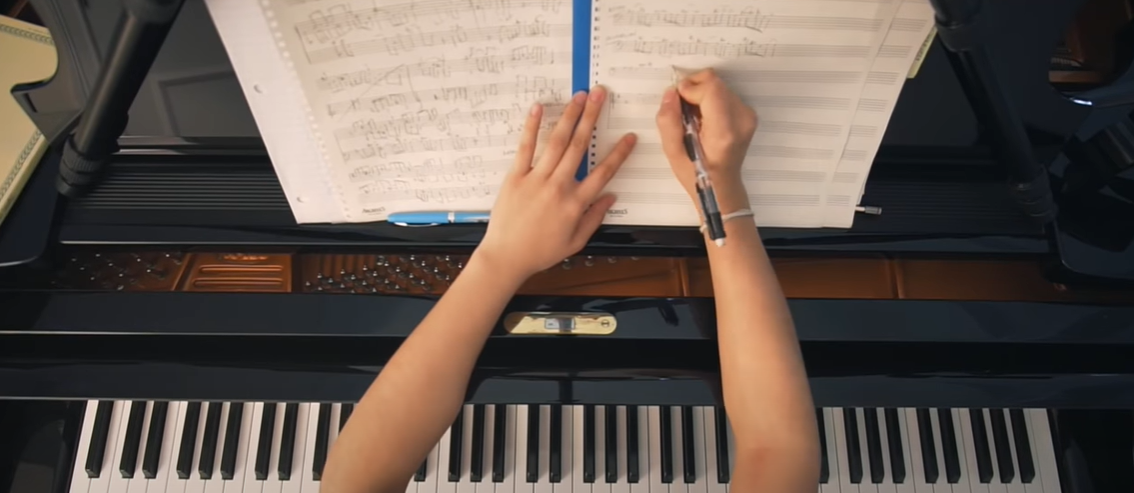
Piano Shawl Design
A typical piano shawl design is often characterized by its large, square shape and intricately woven patterns, typically showcasing a fusion of cultural influences. At the heart of the shawl, a solid color or softer pattern often takes center stage, surrounded by more elaborate and vibrant designs along the edges. The shawl’s unique appeal, however, comes from its elaborate fringes which can be several inches long, serving not only an aesthetic purpose, but also a practical one by adding weight to the shawl to keep it in place. The designs can range from floral motifs, often reminiscent of Chinese and Spanish origins, to more abstract and geometric patterns, reflecting art deco influences. The result is a timeless piece of art that carries an aura of elegance and sophistication. [1]
Usage Of Piano Shawls
In the early days, piano shawls were primarily used to protect pianos from dust and potential harm. As their name suggests, they were draped over piano tops, with the elaborate fringes adding weight to keep the shawl securely in place. However, as their aesthetic appeal became more recognized, they transitioned into fashionable accessories. Women started wearing these shawls as a statement piece, draping them over their shoulders or using them as elegant throws on furniture. Today, piano shawls are used in various ways, from home decor to fashion accessories, and even in artistic performances such as flamenco dancing. Their vibrant designs and rich cultural background have continued to captivate people’s interest, making them an enduring symbol of fashion and art.
How To Get Piano Shawls?
Piano shawls can be procured through various means. They can often be found in antique shops, vintage stores, or online platforms catering to vintage items. Look for reputed sellers who provide detailed descriptions and high-quality pictures of the shawl, as the intricate embroidery and condition of the fringe can greatly influence its value. Auction houses or estate sales are also potential sources of authentic, high-quality piano shawls, especially if you’re seeking a shawl with a rich history. Moreover, some modern designers and retailers offer newly-made shawls that mimic the style and craftsmanship of vintage piano shawls. As with any antique or vintage item purchase, it’s advisable to do your research and possibly seek the advice of an expert to ensure you’re obtaining a genuine and quality piece. [2]
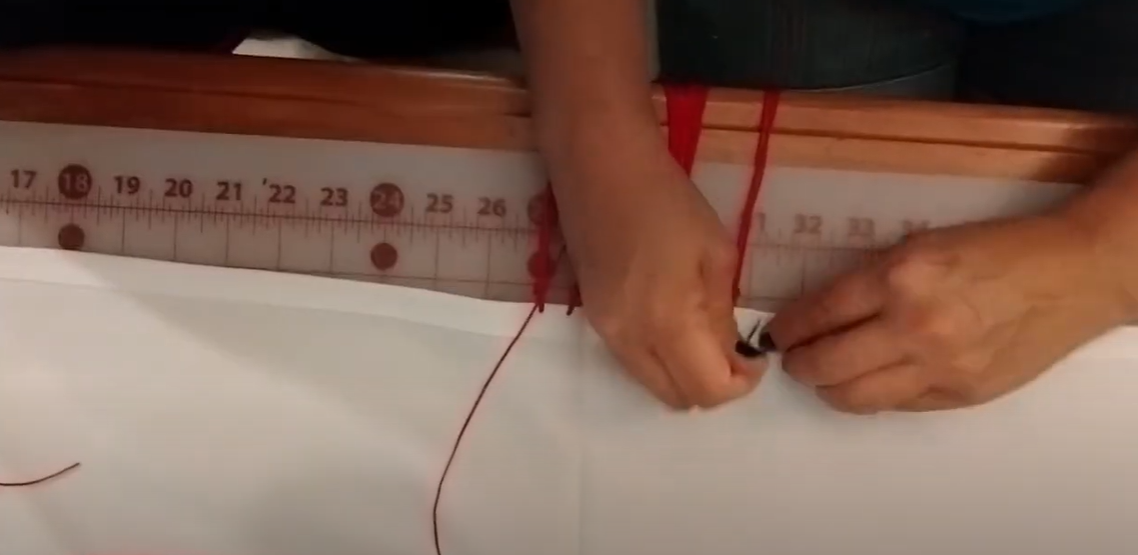
How To Preserve Piano Shawls?
Preserving a piano shawl involves careful maintenance to ensure its integrity and longevity. Start by storing the shawl in a cool, dry place, preferably laid flat or gently folded to avoid stress on the fabric and fringes. Avoid excessive exposure to sunlight as this can fade its vibrant colors. When cleaning, avoid machine washing, which can damage the delicate embroidery and fringes. Instead, opt for professional dry cleaning or carefully hand wash in lukewarm water using a gentle detergent. Rinse thoroughly and allow the air to dry flat, away from direct sunlight. Regularly inspect the shawl for signs of wear or damage, particularly to the embroidery and fringe detailing. If repairs are needed, seek the services of a professional conservator who specializes in textile preservation. Remember, the key to preserving a piano shawl lies in regular care and mindful handling. [3]
What’s The Difference Between A Shawl And A Blanket?
While both shawls and blankets are fabric pieces used for warmth and comfort, they differ in various aspects. A shawl, such as a piano shawl, is typically smaller and designed to be worn around the shoulders or draped over the body. It’s often crafted with intricate designs and made from luxurious materials like silk, wool, or cashmere. Shawls also serve as a fashion accessory, adding an element of style to the wearer’s outfit.
In summary, the key differences between a shawl and a blanket lie in their size, function, design, and the materials used in their creation. [4]
FAQ
Why are they called piano shawls?
They are referred to as “piano shawls” due to their original use as protective coverings for pianos. In the past, these large, ornate fabric pieces were draped over the top of a piano to protect the instrument’s polished wooden surface from dust and scratches. Additionally, the heavy fringes of the shawl helped keep it in place on the piano. While they have evolved in use and are often worn as fashion accessories today, the name ‘piano shawl’ has remained, reflecting their historical application.
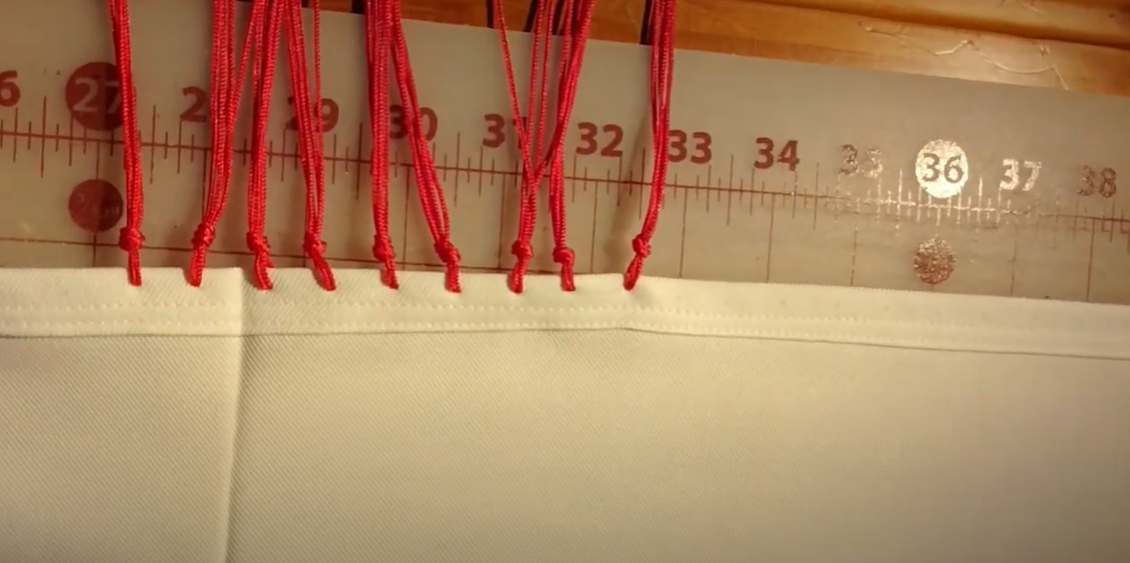
Why do you need a piano cover?
A piano cover is essential for several reasons. Foremost, it serves as a protective layer, shielding the piano from dust, dirt, and potential damage that could tarnish its finish or impact its functioning. It also safeguards the instrument from environmental factors such as sunlight and humidity, both of which can cause adverse effects ranging from discoloration to warping, and in severe cases, could affect the sound quality. Additionally, for grand pianos, the cover offers protection to the internal components, like the soundboard and strings, that could be susceptible to damage when exposed. For homes with children or pets, a piano cover can provide an extra layer of security, minimizing the risk of scratches or spills. Lastly, aesthetic appeal is also a consideration. With piano covers available in a variety of materials, patterns, and colors, they can complement the decor, lending an elegant touch to the room while preserving the piano’s integrity.
Are piano covers legal?
Yes, piano covers are generally legal. They are used for protecting the instrument and do not infringe upon any copyrights or patents. However, if the term ‘piano cover’ is being used to refer to a musical cover, where one artist plays a rendition of another artist’s song, then certain legal considerations come into play. In many countries, you may need to secure a mechanical license to legally record and distribute a cover song. The original songwriter or their publishing company usually holds the rights to the song, and a portion of the proceeds from the cover song often goes to them as royalties. Therefore, it’s essential to clarify the context in which the term ‘piano cover’ is being used.
Why do girls wear shawls?
Shawls have been a part of women’s wardrobe for centuries, worn for both practical and aesthetic reasons. The primary function of a shawl is to provide warmth, shielding the wearer from cold weather or chilly indoor environments. Shawls also serve as a layer of modesty, covering the shoulders and, in some cultures, the head. Additionally, they can be used as a protective layer against the sun, dust, or light rain. On the aesthetic front, shawls add a touch of elegance and sophistication to an outfit. They can provide a pop of color, complement the overall ensemble, or serve as a statement piece. The versatility of shawls allows them to be draped, tied, or wrapped in various styles, each creating a distinct look. Certain types of shawls, like the piano shawl, carry a vintage charm due to their rich history and intricate detailing.
What culture wears shawls?
Shawls are a universal accessory and are worn by numerous cultures around the globe, each with their unique styles and significance. In South Asia, shawls like the Pashmina and Jamawar are integral to the region’s traditional attire, often worn with ethnic dresses. Middle Eastern culture views shawls, or ‘Hijabs,’ as a symbol of modesty and piety, commonly worn by women over their heads. In the Andean region of South America, brightly colored and patterned ‘Aguayos’ or ‘Llicllas’ are often worn by indigenous women. In the Celtic culture of Ireland and Scotland, the ‘Aran Sweater Shawl’ is a staple, knitted with complex patterns representing different aspects of Celtic life. Russian ‘Babushka’ shawls are another example, typically made of wool and adorned with intricate floral patterns. From the elegant ‘Chales’ of Mexico to the ‘Habesha Kemis’ from Ethiopia, shawls are a ubiquitous element of cultural attire across the world.
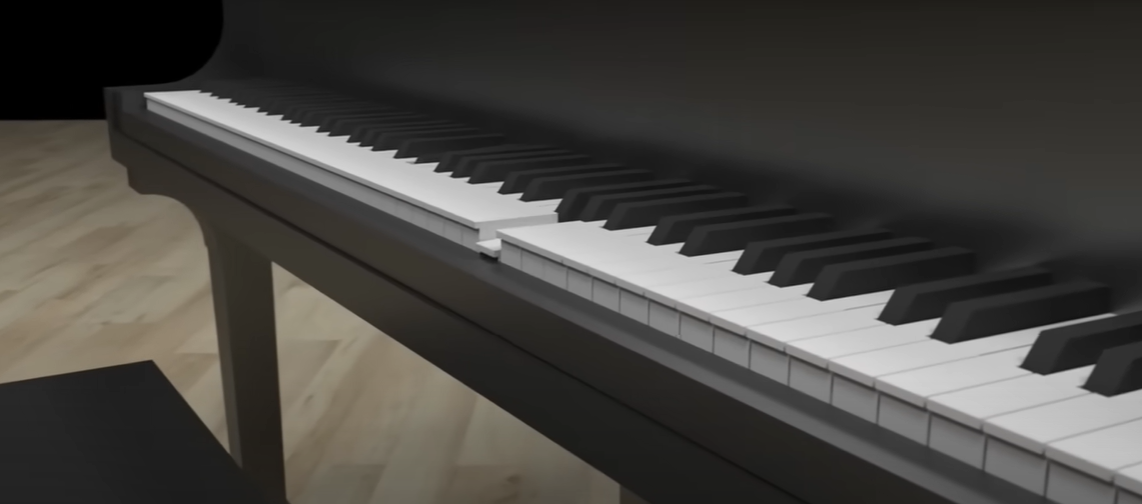
Why do piano keys have a lip?
Piano keys have a lip, or an overhanging edge, as a part of their structural design to facilitate easier playability. This lip, also often referred to as the “fall”, allows the pianist’s fingers to press down on the keys more comfortably and efficiently. The design ensures that the fingers do not slip off the keys, providing a firm grip and better control while playing. The lip also serves as a guide for the fingers to move from one key to another, especially during quick and intricate sequences of notes.
Is it OK to leave the piano lid open?
Yes, it’s generally considered safe to leave the piano lid open, especially if the goal is to allow the sound to project more freely and produce a richer tone. However, it’s crucial to remember that an open lid exposes the inner components of the piano to environmental factors like dust, pets, and sunlight, which could potentially cause harm. So, it’s advisable to close the piano lid when the instrument is not in use for extended periods, or in households with active children or pets, to provide an extra layer of protection. If the piano is in a place where it could be exposed to direct sunlight, it is best to keep the lid closed to prevent any potential sun damage.
Do pianists need sheet music?
While it’s not a strict requirement for all pianists to use sheet music, it can be a valuable tool for learning, practicing, and performing music. Sheet music serves as a roadmap of a piece, illustrating the notes, rhythms, dynamics, and other musical elements that guide the performance. For classical pianists, sheet music is crucial as it provides the detailed instructions composed by the author. For those learning to play the piano, reading sheet music is a fundamental skill that enables them to understand and interpret a wide range of pieces. However, some pianists may play by ear, improvisation, or memory, especially in genres like jazz or pop.
Why should a piano be on an inside wall?
A piano should ideally be placed on an inside wall to protect it from environmental changes. The outer walls of a building are more susceptible to temperature and humidity fluctuations due to weather, and these changes can adversely affect the piano. An exposure to extreme or consistent changes in temperature and humidity can cause the wooden components of the piano to expand or contract, which, in turn, can impact the tuning stability of the instrument. Moreover, direct sunlight falling on the piano from windows near an outside wall can lead to discoloration or even more severe heat damage. Therefore, placing a piano on an inside wall, away from windows, doors, and heating or cooling vents, can help prolong the life and maintain the sound quality of the instrument.
Are piano covers good?
Yes, piano covers are generally considered beneficial for maintaining the instrument’s quality and longevity. A piano cover serves as a protective layer, shielding the piano from dust, scratches, and other potential damage. It can also protect the piano from fluctuations in humidity and temperature, which can adversely affect the tuning and overall sound of the instrument. For grand pianos, the cover can protect the exposed internal strings when the lid is kept open. For upright pianos, it keeps the top and front of the instrument clean and safe. In addition, a piano cover can add an aesthetic appeal to the instrument when not in use. However, it’s important to choose a cover that fits the piano correctly and is made from materials that won’t harm the finish.
Should piano keys be covered when not in use?
Covering piano keys when not in use is a good practice as it can offer several benefits. It helps protect the keys from dust and debris that can accumulate over time, potentially affecting the keys’ action and the overall performance of the instrument. Moreover, if the piano is in a high-traffic area, a key cover can also prevent accidental spills, especially from food or drinks, from damaging the keys. Lastly, covering the keys can also protect against unwanted scratches or potential discoloration that may occur from extended exposure to sunlight. However, it’s essential to use a cover made of a material that won’t scratch or damage the keys, such as a soft, non-abrasive fabric.
Useful Video: Crochet Piano Scarf Tutorial
Conclusion
From the cultural significance of shawls across the globe to the intricacies of piano structure and maintenance, it is clear that both items carry rich histories and remain relevant in modern times. Shawls, like the Russian ‘Babushka’, Mexican ‘Chales’, and Ethiopian ‘Habesha Kemis’, are still worn today as significant cultural attire. Similarly, pianos continue to fascinate us with their construction, such as the lip on the keys enhancing playability, and the importance of their location within a room for optimal performance and longevity. Whether it is the care needed to maintain a piano, including the use of covers and careful positioning, or the delicate handling of shawls, these entities require detailed understanding and thoughtful care.
References:
- https://www.homequestionsanswered.com/what-is-a-piano-shawl.htm
- https://www.sewinsider.com/what-is-a-piano-shawl/#google_vignette
- https://www.etsy.com/market/piano_shawl
- https://diyfashionsense.wordpress.com/2012/12/10/the-piano-shawl/#:~:text=Piano%20shawls%20are%20very%20often,shawl%20evenly%20over%20the%20piano.




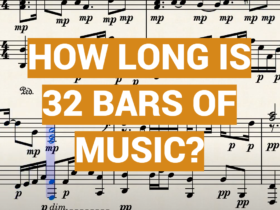
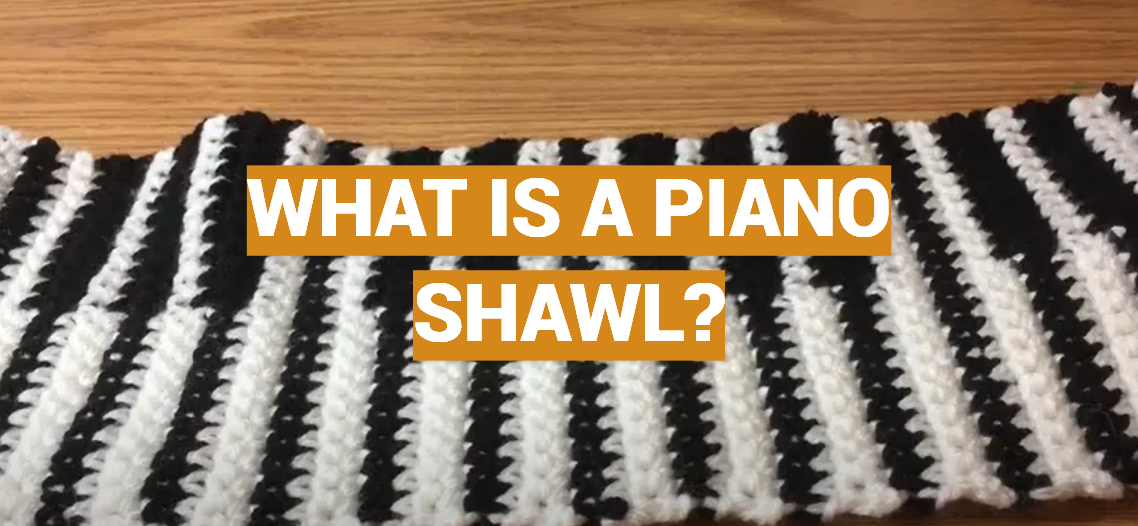

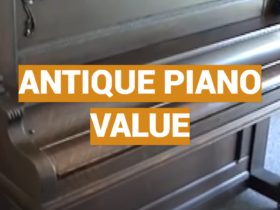

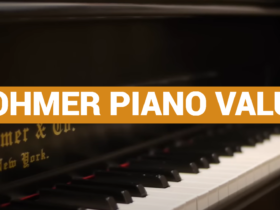
Leave a Reply